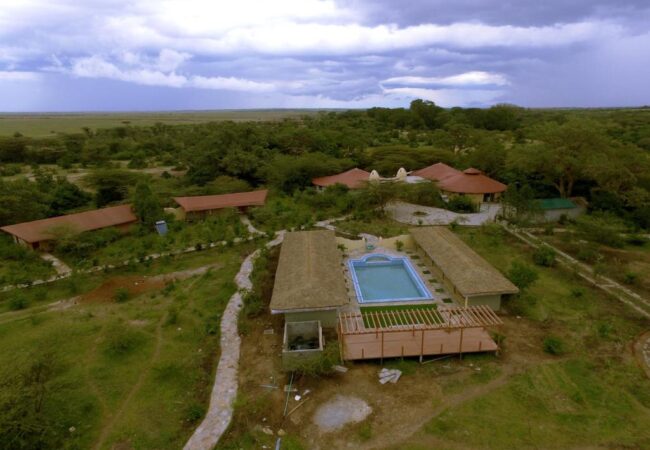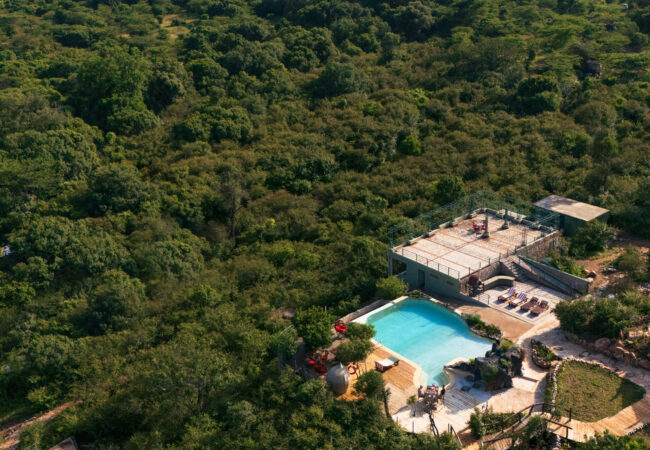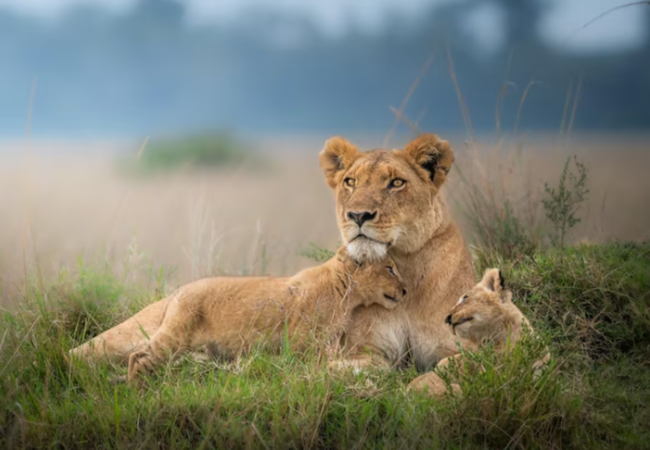Nyerere National Park, formerly known as Selous Game Reserve, is one of Tanzania’s largest and most pristine protected areas. Spanning over 30,000 square kilometers, the park is a UNESCO World Heritage Site renowned for its vast landscapes, diverse wildlife, and rich ecological value. Nyerere offers an exceptional safari experience for those seeking to explore one of Africa’s last great wilderness areas.
Key Attractions
1. Vast Landscapes Nyerere National Park is characterized by its expansive and diverse landscapes, including savannahs, wetlands, and miombo woodlands. The park’s vast size provides a sense of solitude and immersion in nature, offering visitors an opportunity to explore relatively untouched and remote environments.
2. Rufiji River The Rufiji River, one of the park’s primary features, flows through Nyerere National Park, creating rich wetlands and attracting a wide range of wildlife. Boat safaris along the river offer a unique perspective on the park’s wildlife, including hippos, crocodiles, and numerous bird species. The river is also a vital water source for the park’s animals, particularly during the dry season.
3. Wildlife Diversity Nyerere National Park is home to a remarkable array of wildlife, including large populations of elephants, buffaloes, giraffes, and various antelope species. The park is also known for its predator populations, including lions, leopards, and wild dogs. The diversity of wildlife, combined with the park’s vast landscapes, creates exceptional opportunities for game viewing and photography.
4. African Wild Dogs One of the park’s highlights is its significant population of African wild dogs, one of the continent’s most endangered predators. Nyerere is one of the best places to spot these elusive and highly social animals, known for their distinctive markings and pack behavior. Observing wild dogs in their natural habitat is a rare and exciting experience for wildlife enthusiasts.
5. Birdwatching Nyerere National Park is a birdwatcher’s paradise, with over 400 recorded bird species. The park’s varied habitats, including wetlands, savannahs, and riverine forests, support a diverse array of birdlife. Notable species include the African fish eagle, the white-backed vulture, and various colorful kingfishers.
6. Walking Safaris The park offers a unique opportunity to experience its landscapes and wildlife on foot through guided walking safaris. These safaris provide an intimate and immersive experience, allowing visitors to explore the park’s ecosystems up close and learn about the smaller details of the environment that are often missed on vehicle-based safaris.
Accommodation Options Accommodation in and around Nyerere National Park includes luxury lodges, tented camps, and more basic options. Many lodges and camps are located along the Rufiji River or in scenic areas of the park, offering stunning views and convenient access to the park’s attractions. It is advisable to book accommodation in advance, especially during peak tourist seasons.
Travel Tips
- Best Time to Visit: Nyerere National Park can be visited year-round, but the dry season (June to October) is ideal for wildlife viewing as animals gather around water sources. The wet season (November to May) brings lush vegetation and fewer tourists but may involve occasional rain.
- How to Get There: The park is accessible by road from Dar es Salaam, approximately a 5-6 hour drive. Alternatively, scheduled flights to airstrips within the park are available. Many visitors choose to fly for convenience and time efficiency.
- What to Pack: Bring lightweight, breathable clothing suitable for both hot days and cooler evenings. Sturdy walking shoes, a camera, binoculars, sunscreen, insect repellent, and a hat are essential. A light rain jacket is advisable if visiting during the wet season.
Nyerere National Park offers an unparalleled safari experience with its vast landscapes, diverse wildlife, and rich ecological significance. Whether you’re exploring the wetlands along the Rufiji River, spotting African wild dogs, or enjoying a walking safari, Nyerere promises a memorable and immersive adventure in Tanzania’s untamed wilderness.












